Hangzhou, the capital of Zhejiang Province, is very rich in tourism resources, beautiful lakes and mountains and numerous historical sites, making it a famous tourist destination in China, known as “paradise on earth”. In addition, Hangzhou is also world-famous for its Buddhist culture. There are many ancient temples with great influence in history. In addition to the famous Lingyin Temple and the Internet celebrity Faxi Temple, there is also the famous Jingshan Temple in Japan.
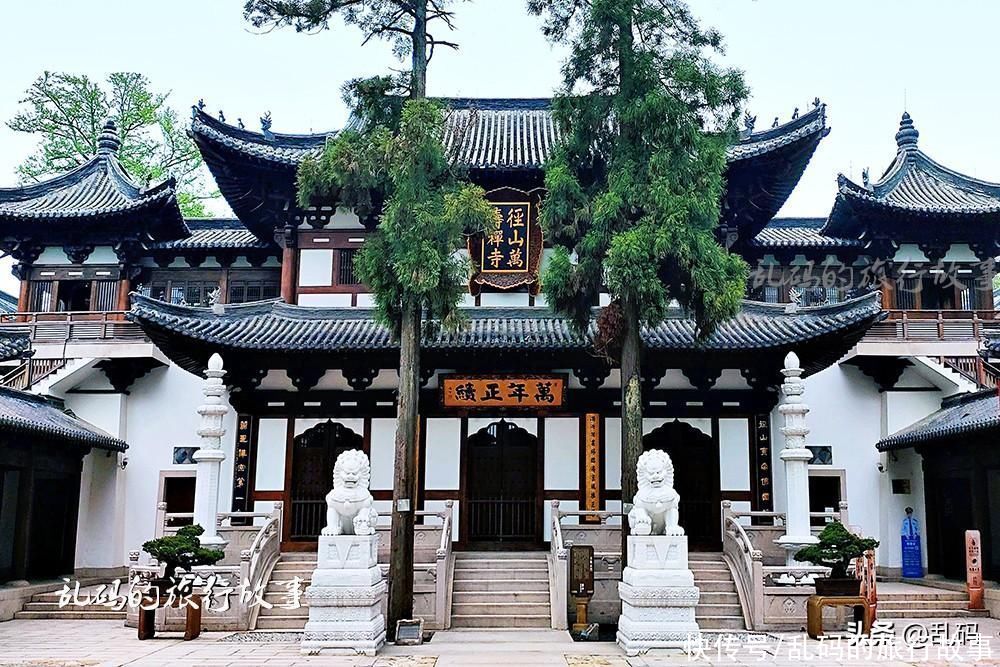
Jingshan Temple, the full name of Jingshan Wanshou Temple, is located in Jingshan Town, Yuhang District It is surrounded by the five peaks of Jingshan. Due to its location in the suburbs of Hangzhou, the traffic is relatively inconvenient. Compared with Lingyin Temple and Tianzhu Temple, Jingshan Temple has fewer tourists. However, it is precisely because of this that Jingshan Temple feels more peaceful and the solemnity of Buddhism is even better. It can be called a real Buddhist clean place.
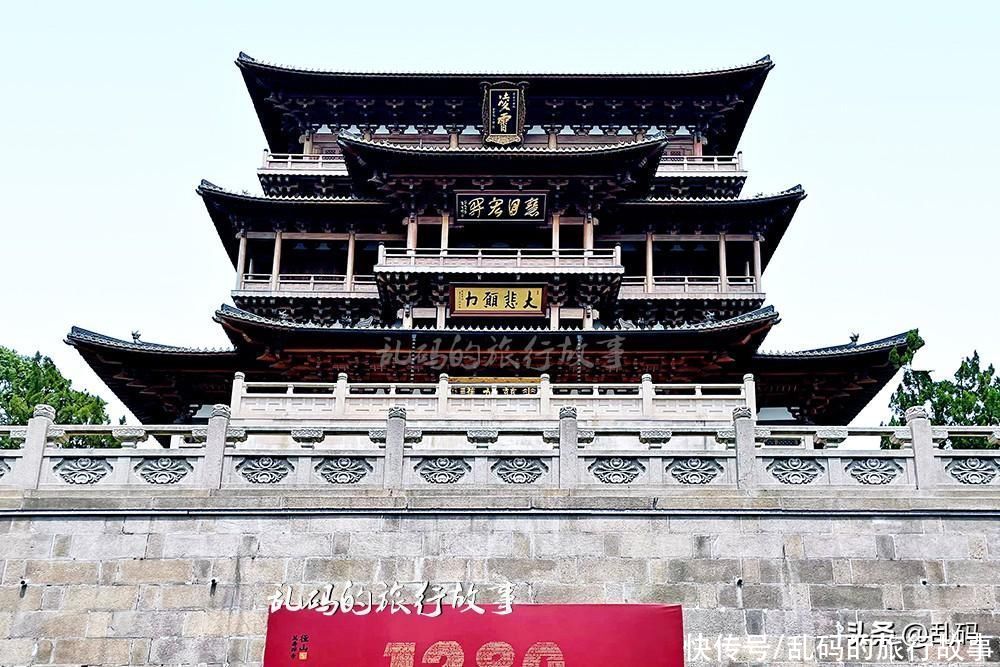
According to records, Jingshan Temple was built in the Tang Tianbao period, and it has been 1200 years ago. years of history. For thousands of years, great monks and great virtues have emerged in monasteries, especially after the eminent monk Dahui Zonggao of the Southern Song Dynasty presided over the Jingshan Dharma Ceremony, it became even more prosperous. In its heyday, the monastery built more than 1,000 palaces and pavilions, and more than 1,700 monks.
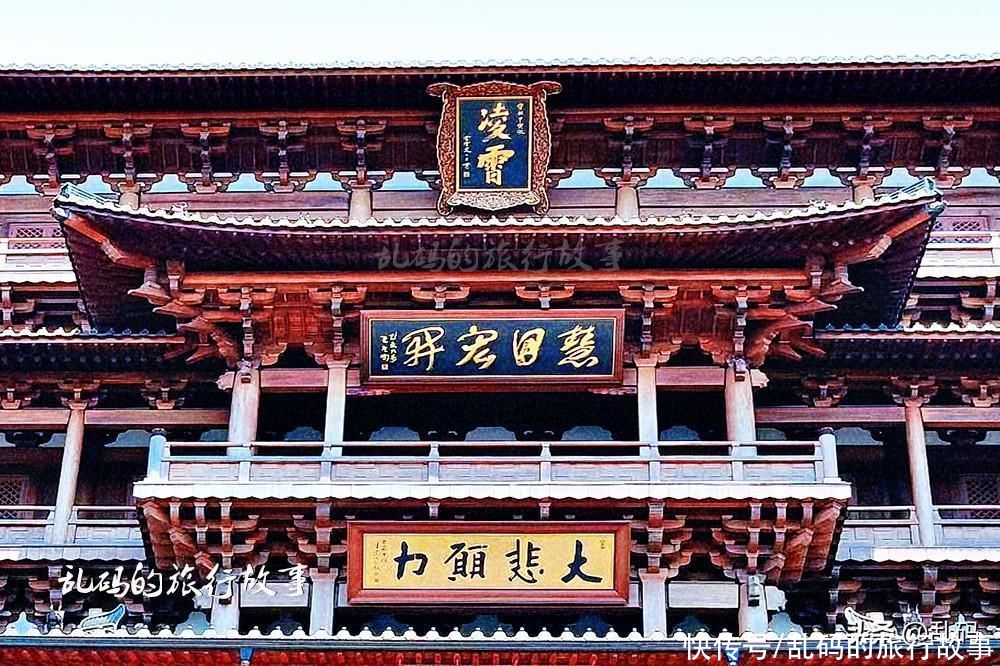
“Five Mountains” in “Five Mountains and Ten Temples of Jiangnan Temple” refers to Yuhang Path Mountain Temple, Qiantang Lingyin Temple, Jingci Temple, Ningbo Tiantong Temple, Ashoka Temple. The “Ten Temples” are Tianzhu Temple in Qiantang, Daochang Temple in Huzhou, Jiangxin Temple in Wenzhou, Shuanglin Temple in Jinhua, Xuedou Temple in Ningbo, Guoqing Temple in Taizhou, Xuefeng Temple in Fuzhou, Linggu Temple in Jiankang, Wanshou Temple in Suzhou and Huqiu Temple. The “Five Mountains” ranks above all the temples, and the “Ten Temples” are second only to the “Five Mountains”.
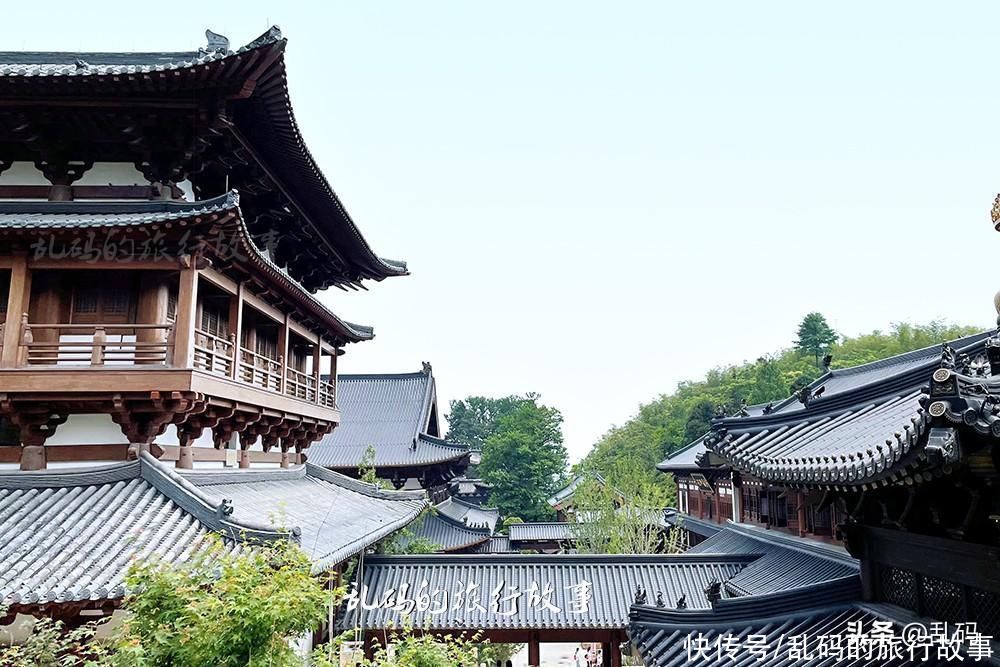
Jingshan Temple has been a famous Buddhist holy place at home and abroad since ancient times, “Four Masters of Northern Song Dynasty” One of them, Cai Xiang, visited this place and wrote the famous “Journey to Jijing Mountain”. Su Dongpo also visited several times when he was the prefect of Hangzhou, and left ten poems about Jingshan. One of them is “You Jingshan”: “The peaks come from Tianmu Mountain, like a steed galloping across the Pingchuan, on the way to break a thousand miles, golden saddles and jade stirrups turn around, people say that the mountains are good, and the water is good, and there is an ancient dragon abyss below.” The majestic Jingshan is vividly depicted.
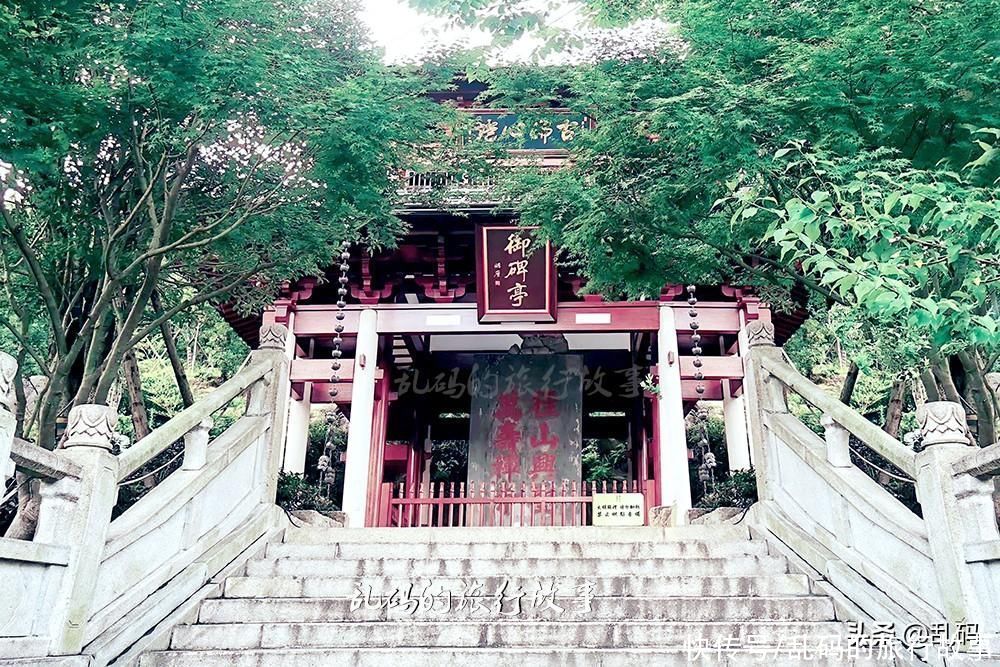
Jingshan Temple has suffered 6 fires in history, and the original buildings are hardly damaged. There are only one bell in the first year of Yongle in the Ming Dynasty, three iron Buddha statues in the Song Dynasty, and one patriarch monument from the Yuan Dynasty to the Zheng Dynasty. In recent years, the rebuilt Jingshan Temple has followed the architectural style of the Tang Dynasty.
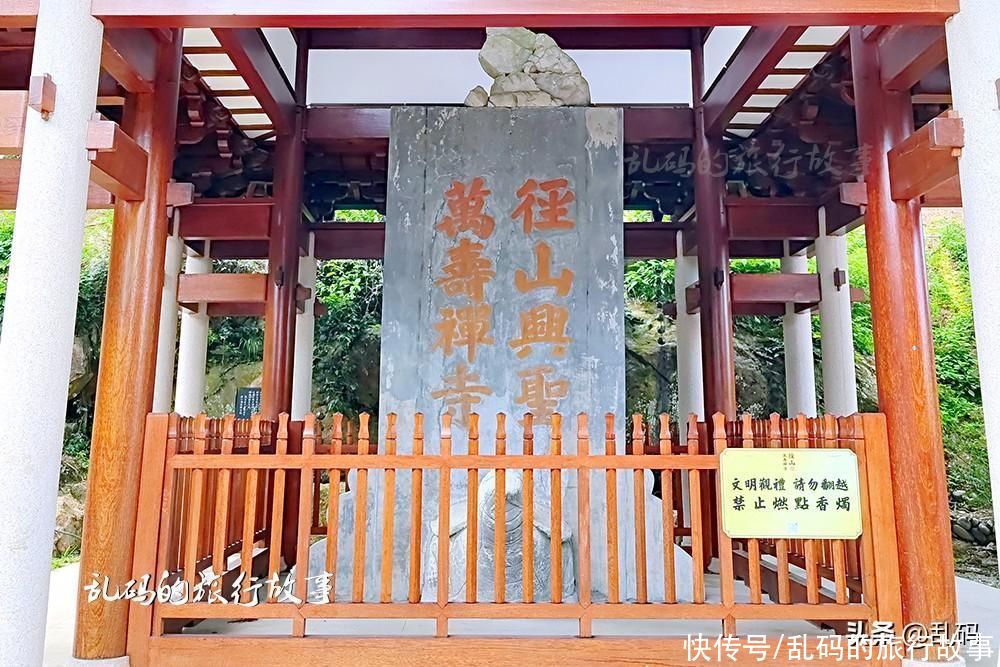
Jingshan Temple is also the origin of Japanese tea ceremony. The specialty trail camellia is already very famous. Lu Yu, a tea saint in the Tang Dynasty, once planted, made and researched tea in Jingshan, and wrote the handed down book “Tea Classic”. By the Southern Song Dynasty, tea soup etiquette had become one of the most basic etiquettes in Buddhist activities. Jingshan Temple is popular with “tea banquet” hospitality, and gradually formed a set of cooking props, drinking methods and etiquette procedures.
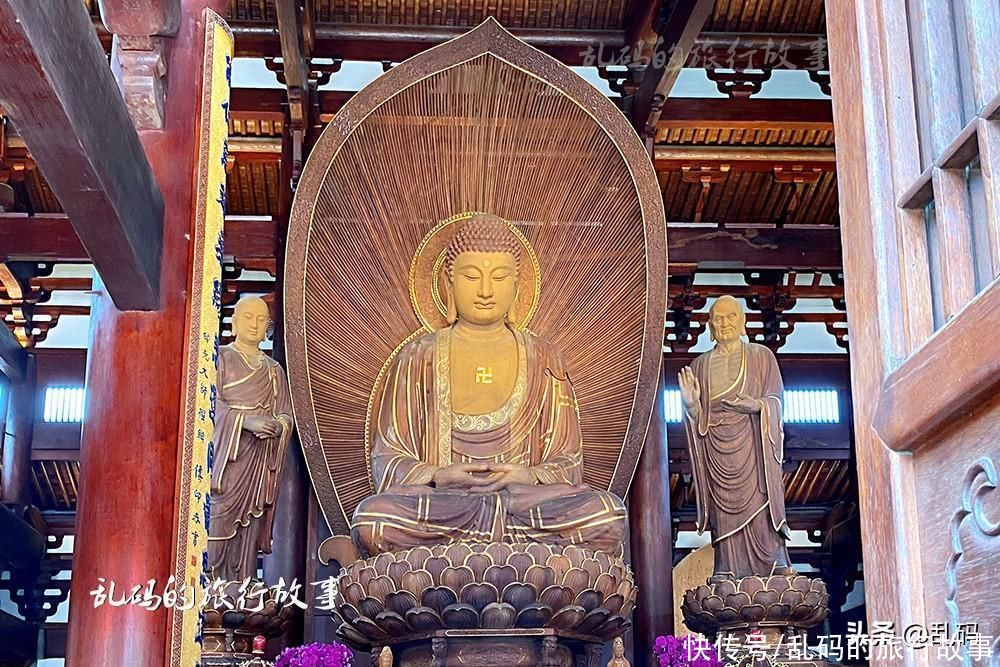
In the middle and late Southern Song Dynasty, Japanese monks who studied Buddhism in Jingshan Temple, after returning to China, The production etiquette and tea-making books of Jingshan tea were brought back to Japan, and gradually developed locally and evolved into today’s Japanese tea ceremony. Now, more and more Japanese tea ceremony people come to Jingshan Temple to “seek their roots”, and “Jingshan Tea Banquet” was also included in the third batch of national intangible cultural heritage list in 2010.

As one of the most spiritual temples for career luck passed down by the people of Hangzhou, it is The mountain temple attracts devout men and women to worship every day, especially during the first and fifteenth day of the lunar calendar and this year’s “Jingshan Temple 1280th Anniversary Water and Land Dharma Meeting”, the temple is even more crowded and the incense is flourishing. If you have the opportunity, you will Come here tooLet’s go.
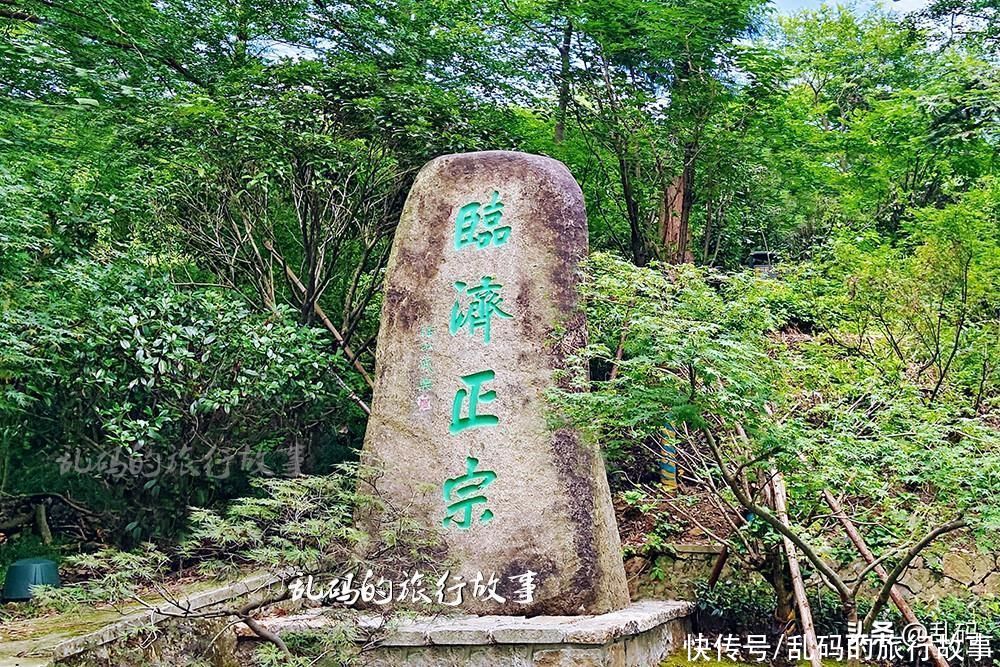
Transportation: Take Hangzhou Metro Line 3 to Dongyue Station, then transfer to Bus No. 6 Take the special line from the park to Jingshan Temple and get off at Tongqiao (Jingshan Temple) Station. Reminder: The bus station is located at the foot of Jingshan Temple. Passengers can transfer to the free shuttle bus here, or hike up the mountain for 2 kilometers along the scenic Jingshan Ancient Road. Tickets for the scenic spot are 20 yuan, 3 incense sticks can be received, and lunch is 10 yuan per person.